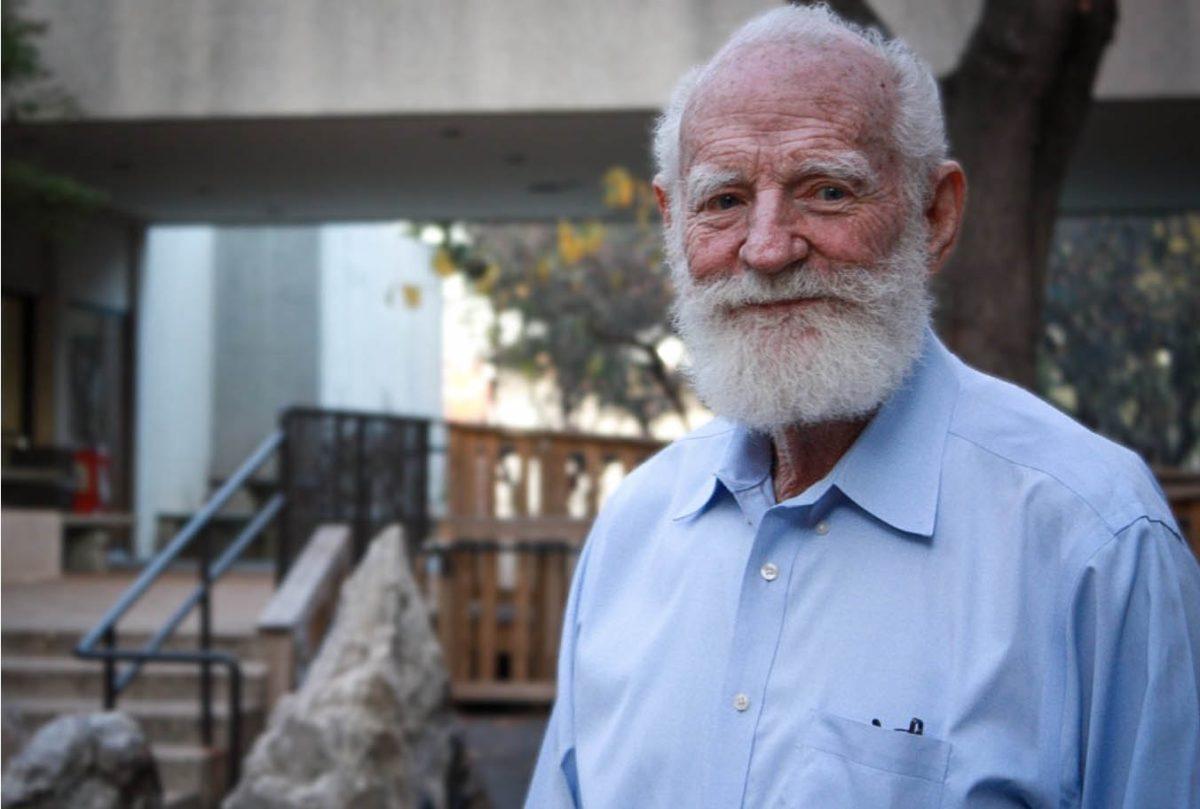
Professor Emeritus James Carter created the rock garden located between Founders North and Founders Photo Courtesy of UTD Tandem Vault
Longtime UTD geoscience professor emeritus James Carter
passed away in a house fire on Sept. 21, 2019. The pioneer, who created
synthetic lunar moon dirt still used by NASA today, was 82.
Carter first joined UTD’s precursor, The Graduate Research
Center of the Southwest, as a senior researcher in 1964. He stayed with GRCSW
when it became UTD and was a professor and researcher at UTD for 43 years until
he retired in 2008. After retirement, Carter focused his career on outreach and
created museum-style displays and detailed maps for UTD.
Throughout his career as a geoscientist, Carter had several
notable accomplishments. He assisted in analyzing samples from the Apollo 11
collection. He also helped with the excavation of an Alamosaurus thigh bone at
Big Bend National park. Carter was the creator of simulated moon dirt, a
material similar to lunar soil which was used by researchers for studies about
human activity on the moon.
As a professor at UTD, Carter worked to spread knowledge and
awareness for the geosciences, serving as head of the department for a
significant amount of his time as a professor.
“He was a great communicator and he was a great teacher,”
said Gloria Eby, geosciences graduate support assistant. “He could communicate
with a person (who was) three years old as well as a person (who was) 103.”
Carter was known for his cheerful demeanor and willingness
to teach and help others.
“He was one of those guys that (was) always in a good mood,”
said Paula Fleischmann, a geoscience major at UTD. “He was always so helpful
and would always go into detail about processes and would help you look under
the microscope to identify minerals.”
Carter had no children and his wife passed away in 2004.
“His whole connection with the world was through UTD,” said
Geosciences Professor Robert Stern, one of Carter’s colleagues.
Even after retirement, Carter continued to help geoscience
students as a mentor for the GeoClub, helping the club to arrange field trips.
“His commitment to the university was total,” Stern said.
“Even after he retired, he was here, oftentimes more than many of the faculty
were. He was a constant fixture.”
In addition to the maps and displays he made for the UTD
Geosciences Department, Carter also spent four years making the UTD rock
garden, located near the Founders North and Founders buildings. After retirement,
Carter was recognized for his years of service by the School of Natural
Sciences and Mathematics which established the James L. Carter
Scholarship/Fellowship Endowment Fund. The James L. Carter Master’s Scholarship
Fund for Geosciences was established in 2016.
“He just wanted to bring the earth to UTD,” Stern said.